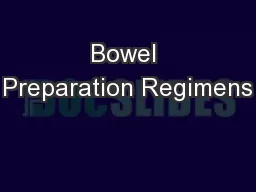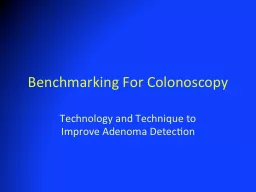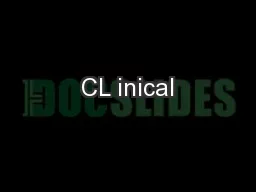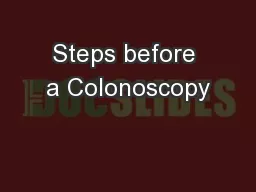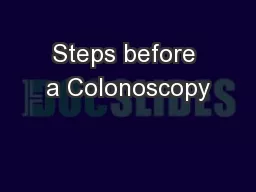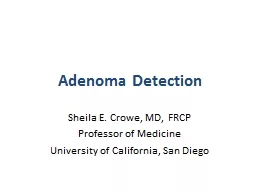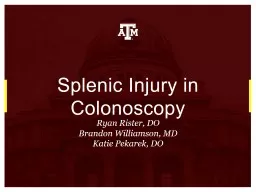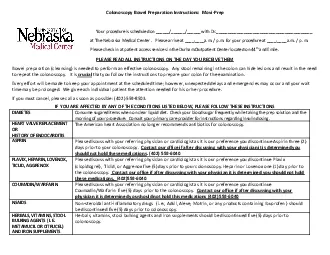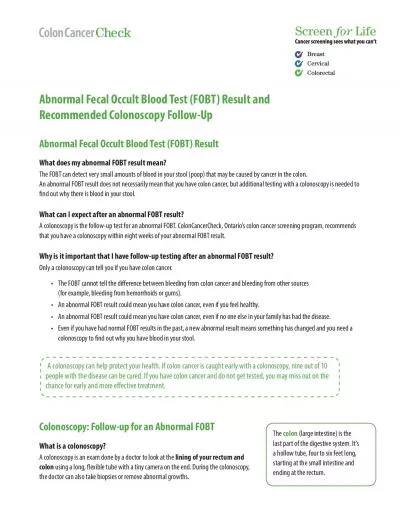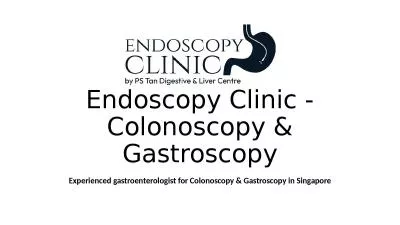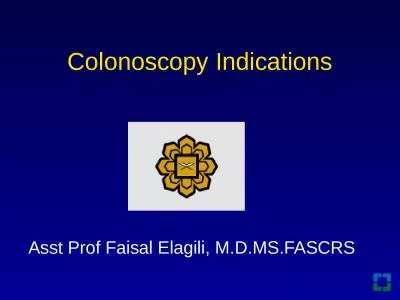PPT-When Is A Colonoscopy Not a Colonoscopy
Author : briana-ranney | Published Date : 2017-03-15
Dr Linus Chang Gastroenterologist Mrs BP 67yo woman referred for screening colonoscopy for ve FOB Index colonoscopy in Sep 2009 Multiple polyps largest was resected
Presentation Embed Code
Download Presentation
Download Presentation The PPT/PDF document "When Is A Colonoscopy Not a Colonoscopy" is the property of its rightful owner. Permission is granted to download and print the materials on this website for personal, non-commercial use only, and to display it on your personal computer provided you do not modify the materials and that you retain all copyright notices contained in the materials. By downloading content from our website, you accept the terms of this agreement.
When Is A Colonoscopy Not a Colonoscopy: Transcript
Download Rules Of Document
"When Is A Colonoscopy Not a Colonoscopy"The content belongs to its owner. You may download and print it for personal use, without modification, and keep all copyright notices. By downloading, you agree to these terms.
Related Documents


